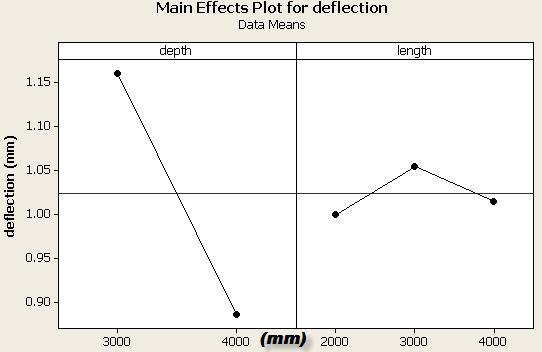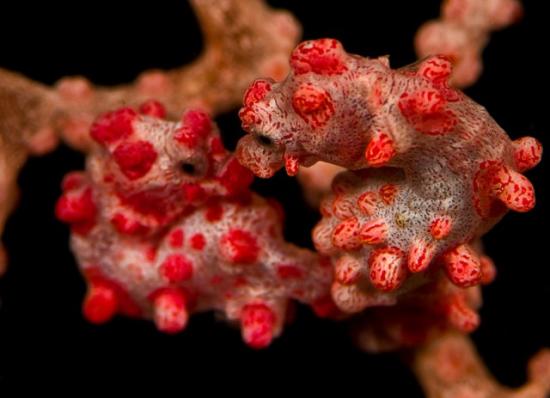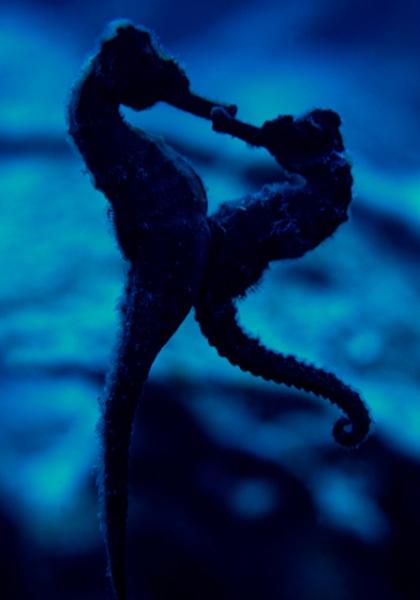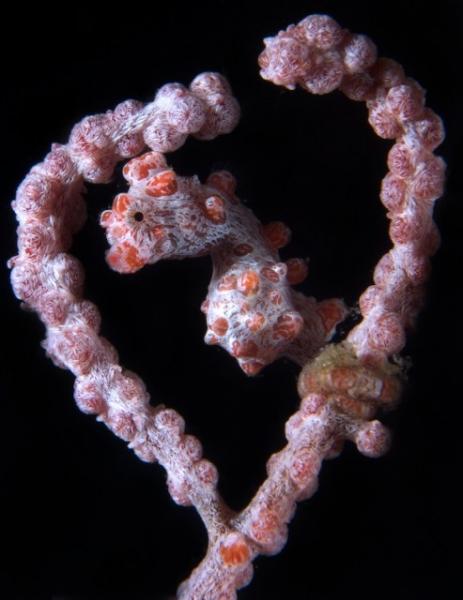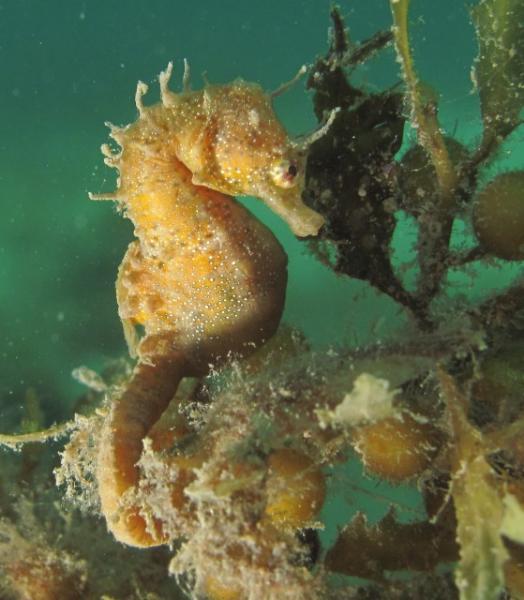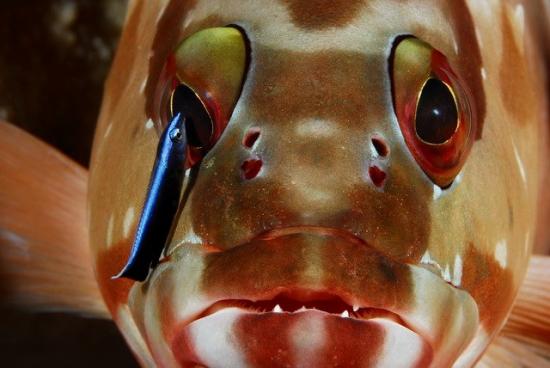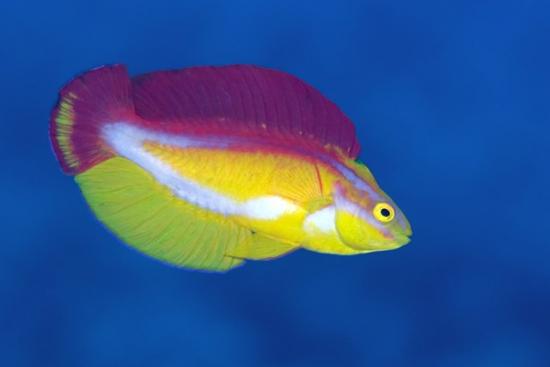-
Posts
11,637 -
Joined
-
Days Won
40
Content Type
Profiles
Forums
Gallery
Everything posted by CFOh
-
Mandarins mating
-
-
Upz for Saturday.. ... add more item, one used FR... Thanks for support.. 1. 1x unused new Boyu FR Model FT-312 $35 2. 4x Plastic Hinge (10cm by 5.8cm) $10 3. 1x unused tunze mini pump 5024.04 $20 4. Magnetic Stir Bars $5/each 5. FR (16" Height 4" Diameter) $50
-
Dream House (2011) Official HD Trailer
-
Upz for Thursday.. ... Dymax Clip on MH sold to nice bro... Thanks for support.. 1. 1x unused new Boyu FR Model FT-312 $35 2. 4x Plastic Hinge (10cm by 5.8cm) $10 3. 1x unused tunze mini pump 5024.04 $20 4. Magnetic Stir Bars $5/each
-
interesting article from telegraph.co.uk By Roger Dobson The eight seasick fish were later culled and their brains examined to try to determine the exact cause of their sickness Whilst the creatures can clearly be seen to react to a jab or blow, experts have disagreed over whether the reaction indicates a sensation of pain, or is little more than a basic reflex. Researchers set out to establish the truth with an experiment in which goldfish were exposed to painful heat. Half of the fish were given a painkilling injection of morphine beforehand, while the other half were not. Two hours later, the fish that had undergone the test without painkillers showed signs of fear and wariness – suggesting, say the researchers, that they had suffered a bad experience and remembered it. The academics, from Norway and the US, say their finding undermines claims that fish merely display reflex actions and do not sense pain. "The results show that it could not have been a simple reflex action," said Dr Joseph Garner. "The fact that their behaviour changed so much really strongly suggests there is something going on with their memory and experience of that event that is not a reflex. I believe it does show that fish feel pain." For the experiment, each fish was fitted with a miniature jacket containing a tiny flexible foil heater similar to those used in the aerospace industry to keep wires and electrics dry. The heaters had an upper safety limit of 50C to prevent harm. Both groups of fish – those given morphine, and the control group which were injected with inactive saline solution – showed a similar "escape response" when the heater was turned up to around 38C, equivalent to a fairly hot bath. As soon as the behaviour was noted, the heat was turned off to prevent suffering. An escape response consisted of curling the body or flicking the tail in a way that would have propelled the fish away had its movements not been restricted. However, the difference between the groups emerged after the fish had been returned to their normal home tanks. Two hours later, it was the fish which had not been given morphine which were more likely to display fearful behaviour such as "hovering". "Morphine had some effect on their behaviour in the test, but the major effect was this response two hours later. That was really key," said Dr Garner of Purdue University, Indiana, a co-author. "Those fish not given morphine showed hovering behaviour and were less active. These are defence and fear behaviours. "We believe this hovering and inactivity are indicators of a general increase in fearfulness, wariness, and a generalisation of a bad experience. It is extremely difficult to explain this two hours later as a reflex. "The fact that morphine did alleviate these behavioural changes suggests there is some sort of central experience of that painful stimulus." The work was carried out by Janicke Nordgreen with colleagues at the Norwegian School of Veterinary Science and Purdue University. The findings are reported in the journal Applied Animal Behaviour Science. The RSPCA backed the conclusion that fish can feel pain. A spokesman for the charity said: "We welcome the finding of this research. We have always believed that the benefit of the doubt should be given, in cases like this, to the possibility they do feel pain." The researchers had to adapt techniques which are regularly used in laboratories to carry out heat pain tests on land-living animals. In such tests, an animal typically stands on a heated plate which is slowly warmed, but is blocked from reaching a temperature that causes injury. Animals subjected to a rapid rise in temperature tend to display automatic reactions, such as flicking their tails away from a hot spots. A slower rise in temperature is thought to trigger higher-level thought processes in the brain, prompting animals into more intelligent responses such as lifting one foot and then the other, or licking their feet to cool them down. Such reactions are generally accepted as signs of pain sensation. The use of the miniature jackets enabled the Norwegian and American researchers to conduct an equivalent test on goldfish. Previous experiments have shown that fish have nerve cells which activate in response to pain stimuli, but some experts say this is not enough to prove that they feel pain. One of the aspects that is thought to distinguish pain sensations from mere reflex reactions is that pain, as a conscious emotion, is remembered and recalled. In a study carried out at the Roslin Institute, near Edinburgh, in 2003, rainbow trout which had their lips injected with acid or bee venom were observed to rub the affected area on the gravel at the bottom of their tank, leading the researchers to conclude that they were in pain. The fish were found to have 58 nerve receptors on their faces and heads.
-
-
Yup, it looks like diatom to me too.... Cheers..
-

How to prepare garlic soaked food???
CFOh replied to blur's topic in New to the Marine Aquaria Hobby
If not mistaken ~8 gold coin for small bottle & 1.5 red note for bigger bottle. Cheers -
Yup, Thanks for sharing, when talking about deflection, longer length higher α but the water height effect still dominant. glass deflection = (α x water pressure x 0.000001 x depth^4) / ( E x t^3) α = A constant ratio between length over height E = Young's modulus t = Glass Thickness Pls find below the main effect simulation on the effects of Height and Length Versus deflection factor base on above formula. As we can see the Height effect change the deflection rate significantly versus the rate of deflection changing on Length factors. (notes, they may have interaction effects involve which not explain here). Cheers...
-
-
-
The Magic of Love Location: Bonaire, Dutch Antilles Description: Mating seahorses in silhouete Equipment: Nikon D100, Sea & Sea housing, 105mm lens
-
-
Elegance Location: Blairgowrie Pier, Melbourne, Australia Description: Short Head sea horse Equipment: Canon G10, Sea&Sea strobe
-
Location: Red Sea/Eilat/Coral Beach Description: This juvenile Cleaner wrasse (Labroides dimidiatus) was swimming around the grouper (Epinephelus fasciatus) at high speed. One out of 20 images gave this result. Equipment: Nikon D200 + 60mm Micronikkor in a Hugyfot housing
-
-
-
Bro, Thanks for interested, above Tunze wavebox sold to a nice gentleman.






